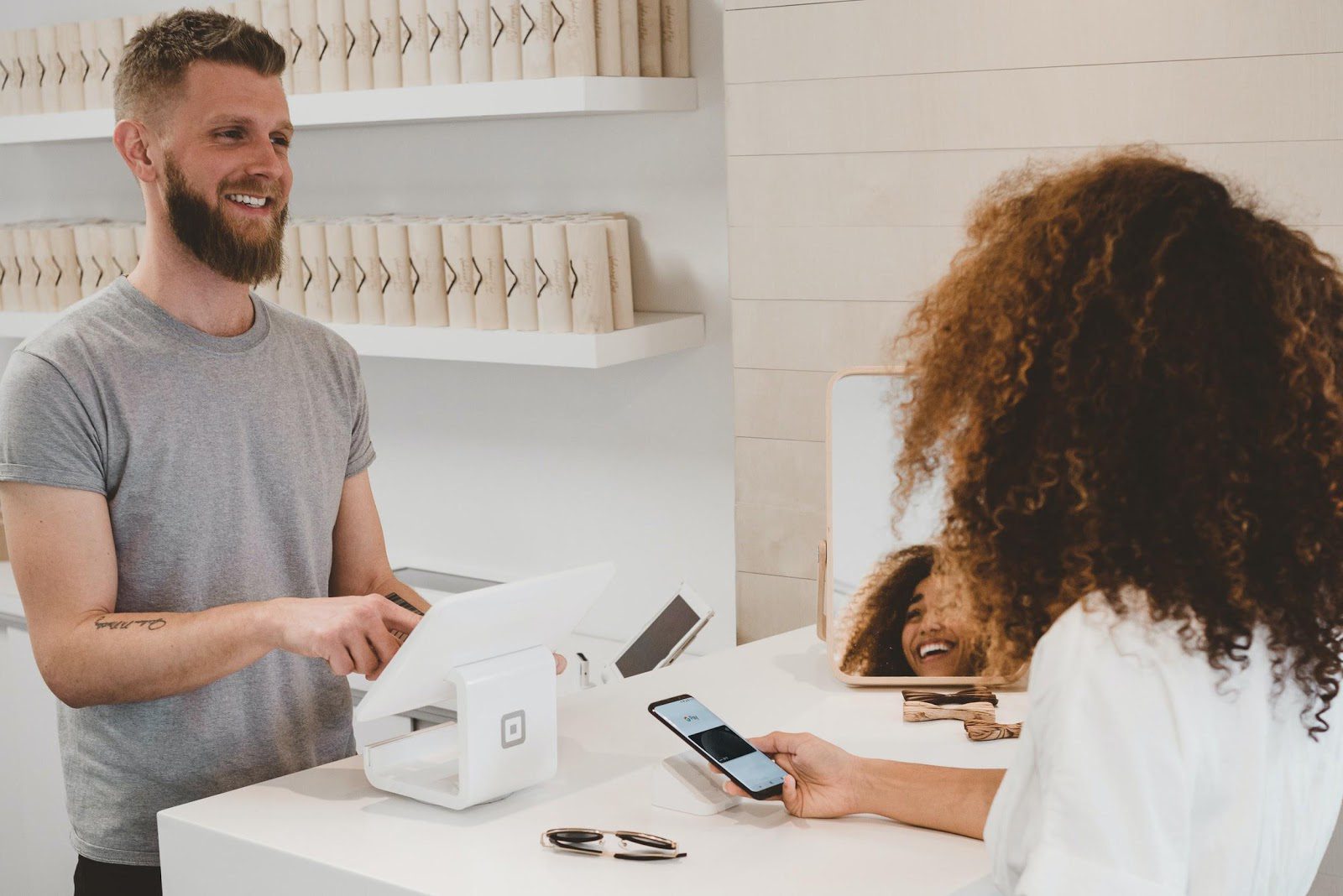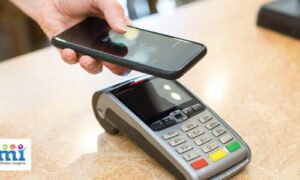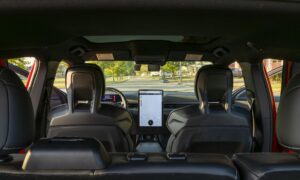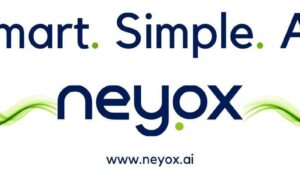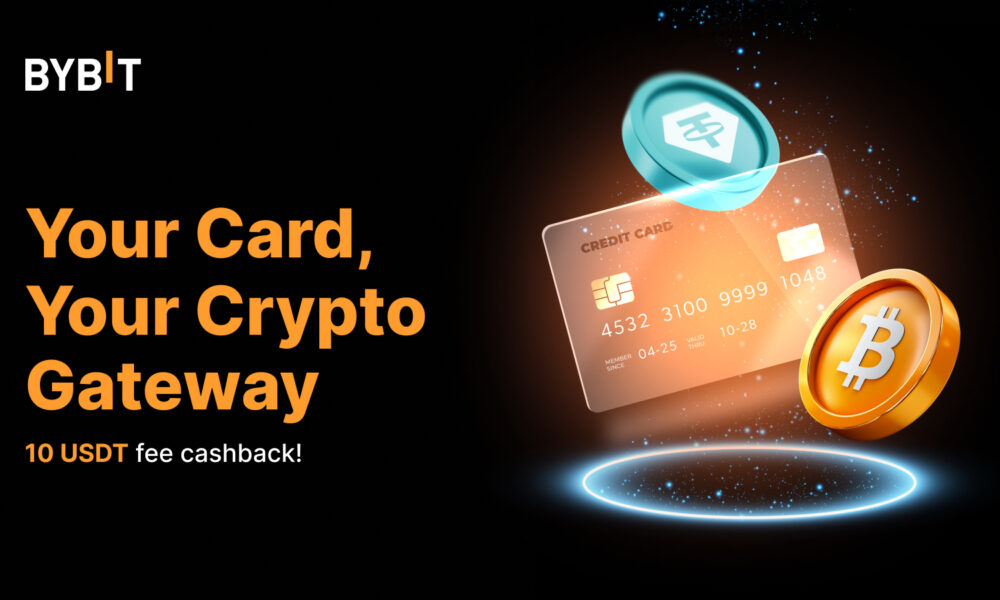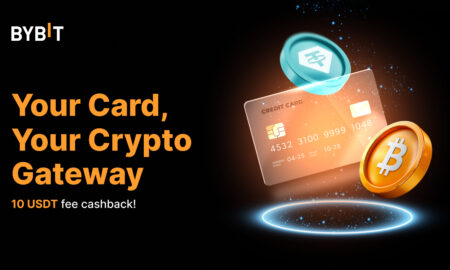“Contactless” has become quite a buzzword among businesses amid the COVID-19 pandemic. All business owners, ranging from retailers to service providers, are deploying contactless platforms and technologies.
However, going contactless can be a daunting task, especially if you’ve always relied on traditional methods. In this article, I’ll delve into contactless platforms, their different uses, and why they are the future of business.
What are contactless platforms?
A contactless platform is a broad term that includes many tools, apps, and solutions that help businesses facilitate their operations without coming into contact with humans.
For example, contactless delivery platforms help logistics companies eliminate human contact. These solutions utilize QR codes to track orders and process payments.
With COVID-19 in hindsight, companies are looking for ways to minimize physical contact with humans. Contactless platforms have emerged as a lifesaver, helping businesses run their operations without coming into contact with other people.
Applications: Where are contactless platforms used?
The concept of contactless isn’t new. For years, several industries have been using contactless platforms and technologies to make their operations faster and more efficient.
However, the use of contactless platforms has changed due to COVID-19. Let’s look at some common applications of contactless platforms in this post-pandemic era.
- Digital payments: In 2011, Alipay, a Chinese e-wallet company, launched QR code payments. Three years later, WeChat, a Chinese messaging app, also hopped on the bandwagon with WeChat Pay. Since then, contactless payments using QR codes have become the new normal worldwide.
- Contactless delivery: Logistics, warehousing, and supply chain operations include multiple touchpoints and staff members. This increases the risk of spreading the virus. Contactless delivery solutions have reduced human contact to a large extent, helping companies run their operations safely.
- Digital menus: Restaurants and bars are having a hard time attracting customers. To ensure superior safety, these providers have replaced physical menu cards with digital menus. Customers can scan the contactless menu QR code and check the restaurant menu.
- Staff-less shopping: Many retail stores now provide self-service. Shoppers can enter the store and select the products they need. The checkout terminal has a code scanner. The shopper can scan the code on each item to enter it in the bill. Once the final bill amount is determined, the customer can pay using a digital payment method.
Why contactless platforms are the future?
Contactless platforms are receiving a lot of hype. But are they the future? Can we expect them to take over the age-old physical system a few years from now?
Well, while the answer to this question is uncertain, the current contactless trends indicate that possibility. And even when the pandemic ends, contactless platforms are likely to stay. Let’s discuss a few reasons why contactless platforms are the future.
1. Contactless Payments Offer More than Just Safety
If we look from the COVID-19 standpoint, safety is the biggest benefit of digital payments. WHO has confirmed that currency notes and plastic cards can accelerate the virus spread. So, using digital payments is a safer alternative.
But the advantages of contactless payments go beyond safety and curbing the spread of the virus. Some benefits of contactless payments include:
- Speed: Contactless payments are instant. You don’t need to pull out your wallet, wrestle with dollar bills, and find change. You can simply scan the QR code and transfer the money within seconds. This type of payment is even faster than credit and debit cards.
- Secure: Cash payments are highly insecure. You can drop your wallet, lose your cash, etc. Since you can perform contactless payments with a mobile device, you don’t need to bother carrying and caring about cash.
- Improved experience: When you use contactless payment platforms, you can accept payments through a wide range of methods. This includes all types of mobile wallets, along with cards, NFC, and more.
In all, contactless payments not only ensure safety and hygiene but also help you stay efficient and provide a better customer experience.
2. Contactless ordering ensures overall health and safety
Who doesn’t like eating out in restaurants? But it’s not a realistic option to eat while wearing a mask. Many restaurant businesses have overcome this issue by offering free home delivery. Delivering food at the customers’ doorsteps helps keep the business up and running.
However, it leads to the rise of another problem. What about the delivery person? To collect food, customers will need to come in contact with the delivery person, which will increase the risk of spread.
Vijith Sivadasan, CEO of Codelattice.com says, “Restaurants came up with the concept of contactless delivery to eliminate this hurdle. Customers can now order their favorite food items and make the payment online.”The delivery person then collects the food, rings the bell, and leaves the package at the doorstep. Once the delivery person leaves, the customer can collect the package.
Taking this contactless delivery approach has had a massive impact on restaurant businesses. The industry is set out for revival as contactless platforms have become the new normal.
3. Digital menus streamline kitchen workflows
As discussed, contactless menus have become the norm in the restaurant industry. Using physical menu cards has two drawbacks. First, it increases the risk of virus spread. A restaurant typically has one or two menu cards per table. The same cards get used by multiple customers.
Second, physical menu cards aren’t updated. Suppose you’re a restaurant business, and you have 75 items on your menu. But on a particular day, you couldn’t provide all the items as you didn’t have the required ingredients.
How will your customers know? You don’t want them to make up their minds and order a dish just to find out that it isn’t available.
On the other hand, digital menus are dynamic. You can update them instantly, and your customers can get real-time information about the available items. This greatly impacts customer experiences and also streamlines kitchen workflows.
4. Better customer understanding and improved loyalty
Contactless platforms help you better understand your customers. Let’s return to the restaurant example. When your customers scan the contactless menu code using your mobile restaurant app, you receive real-time data and insights. You can know who the customers are, what items they are ordering, their ordering history, and more.
Collecting and analyzing this information helps you know your customers better. And when you know your customers, you can send them targeted offers and advertisements. This will encourage them to return to you, thereby improving customer loyalty.
5. Ensures operational efficiency
Contactless platforms in any business can enhance operational efficiency. Suppose you’re a logistics delivery business. The traditional delivery process looks something like this:
- The truck leaves for delivery.
- You stay in contact with the driver throughout the journey. This includes calling him at regular intervals.
- A typical delivery process includes multiple touchpoints. The package moves from one hub to another before it finally reaches the customer. You’ll need to call and communicate with each hub to get delivery status information.
- The customer waiting for the delivery has no way to check the delivery status. He’ll have to call you to get an update.
This entire process requires a lot of calls and paperwork. It also lacks any real-time updates, making it highly inefficient.
The contactless delivery process is much more efficient and faster. Each package has a QR code that enables QR code tracking. The code is scanned at every touchpoint, and the logistics manager receives the real-time scanning update.
The customer also receives real-time QR code scan updates. Hence, both the logistics manager and customer can determine the delivery status without indulging in complex calling and paperwork.
How can businesses make their operations contactless?
Contactless platforms are the future. But how can you leverage them for your business? Every business is different, so the contactless strategies you implement will also differ. For example, if you’re a logistics company, you won’t need to create a digital menu, right?
But here are some general tips that can help businesses accelerate their contactless transformation process.
1. Pick the right approach
As discussed, no two businesses are the same. So, the contactless approach you adopt should depend on your needs and requirements. However, in essence, all contactless strategies should tick the following boxes:
- Allow customers to shop online without interacting with the staff.
- Ensure staff safety.
- Reduce (or at least not increase) operational costs.
Depending on your business, you can develop a contactless strategy that covers all the above points. If you’re a logistics business, you can enable digital payments and real-time tracking. If you’re a restaurant business, you can use contactless menus and accept digital payments. Retail stores can provide a self-service shopping experience to eliminate human contact.
2. Design a digital menu
If you’re a restaurant business, you need to have a digital menu. Providing reusable cardboard menus can kill your business in several ways. It can increase the risk of virus spread and make your kitchen operations inefficient.
A contactless menu resolves this hurdle. So, create a QR code and link it to a webpage with your detailed menu. Ensure that the QR code is dynamic, so you can make changes to the menu in real-time. This way, your customers will be able to find out which dishes are available from the menu and which ones aren’t.
3. Touchless payments
Contactless payments aren’t an option anymore. Regardless of the size and type of your business, you need to offer touchless payments. While the impact of COVID-19 is subsiding, the number of cases is still increasing. People are intimidated, and they want to avoid human contact at all costs.
So, every business – retail store, grocery store, restaurant, electronics store, etc. – should accept digital payments. Many touchless payment options are available, but e-wallet payments using QR codes is the fastest and most secure.
4. Ensure contactless curbside pickup
This tip applies to both logistics companies and restaurants. In addition to providing home delivery, allow your customers to pick their order.
Restaurants can enable their customers to order online and pick up from the restaurant. Logistics companies can store the package at the nearest delivery hub and allow the customer to pick it up from there.
While contactless delivery is a safe option, many consumers are skeptical about its safety. They prefer picking up their orders by themselves. As a service provider, ensure that you provide a safe and contactless curbside delivery experience to your customers.
Wrapping up
Many businesses have adopted contactless platforms in response to COVID-19. But contactless technologies are here to stay, even when the pandemic diminishes.
In addition to safety, touchless operations offer security, efficiency, and cost-efficiency. Businesses are learning about these benefits, and soon, contactless platforms might replace the conventional system.
If you’re a business owner, you need to implement contactless technology in your business right now.

